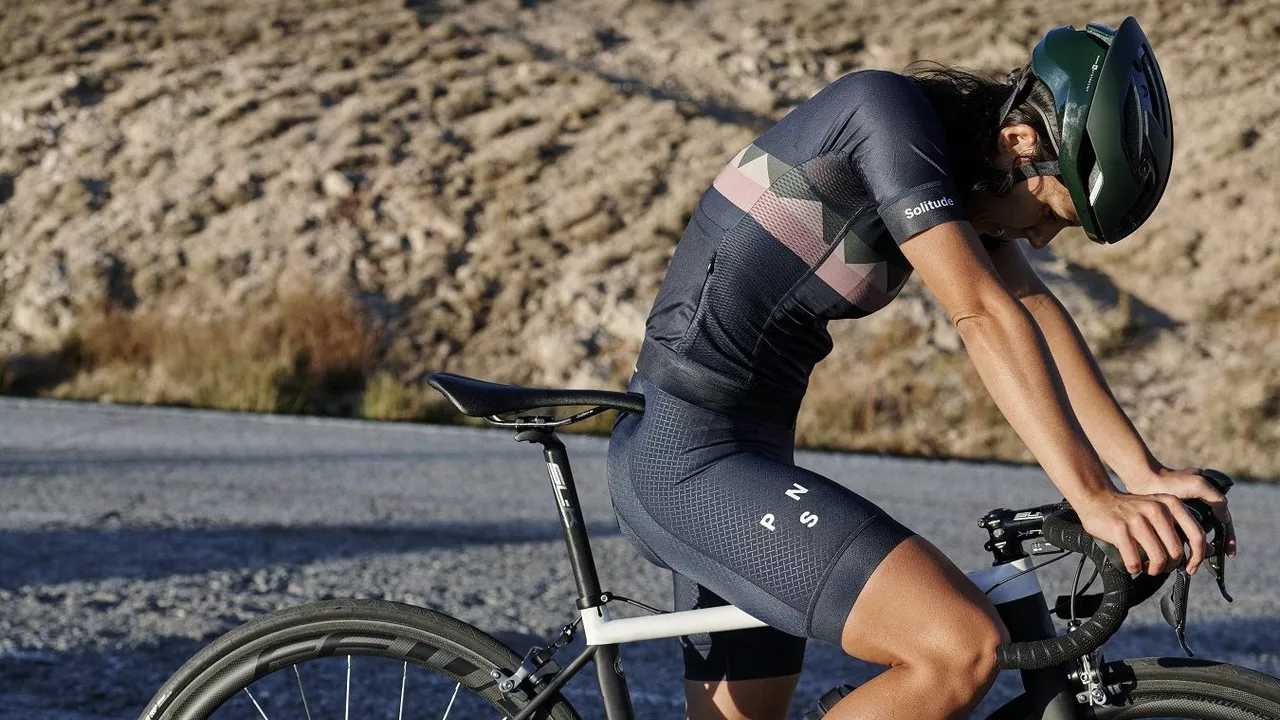Spin Bike Guide: Choose, Ride & Stay Fit
Thinking about adding a spin bike to your home gym? You’re not alone. More people are swapping outdoor rides for indoor sessions because it fits into a busy schedule and still burns serious calories. The key is picking a bike that feels right and using it in a way that keeps you motivated. Below you’ll find straight‑forward advice on picking a bike, setting it up, and making every ride count.
Choosing the Right Spin Bike
First, look at the flywheel weight. A heavier flywheel (40‑60 lb) mimics road resistance and feels smoother, especially for high‑intensity intervals. If you’re on a budget or need a compact model, a lighter flywheel works, but expect a bit more wobble at fast speeds.
Next, check the adjustability. A good spin bike lets you move the seat up‑down, fore‑aft, and tilt, plus the handlebars should swing forward and backward. This range guarantees a comfortable pedaling posture and reduces strain on your knees and back.
Don’t forget the console. Basic models show time, distance, and calories; mid‑range units add heart‑rate sensors and built‑in workout programs. If you follow virtual classes, look for Bluetooth or ANT+ compatibility so you can connect to apps like Zwift or Peloton.
Finally, read reviews about durability. Steel frames outlast aluminum, and a sturdy warranty (at least two years) signals a manufacturer’s confidence. A sturdy bike will survive daily rides and still feel solid after months of use.
Making the Most of Your Spin Sessions
Start with a quick warm‑up: 3‑5 minutes of easy pedaling, gradually raising the resistance. This gets blood flowing and primes your muscles for harder work.
For cardio, try the classic interval pattern – 30 seconds sprint, 90 seconds recovery, repeat 8‑10 times. Adjust the resistance so the sprint feels challenging but sustainable. You’ll see heart‑rate spikes and calorie burn jump instantly.
If you’re building endurance, keep a steady resistance that lets you hold a conversational pace for 20‑40 minutes. Use a music playlist with a steady beat to stay in rhythm; many riders match pedal strokes to a 90‑100 BPM track.
Stay safe by checking the bike’s stability before each ride. Make sure the pedals are tight, the seat is locked, and the foot straps are secure. A quick glance prevents wobble that could lead to injury.
After each session, spend a minute stretching the quads, hamstrings, and lower back. This helps avoid tightness and keeps you ready for the next workout.
Maintenance is simple: wipe down the frame after use, keep the flywheel dust‑free, and lubricate the moving parts (usually the belt or chain) every month. A well‑maintained bike runs smoother and lasts longer.
Mix up your routine with virtual classes, hill climbs, or strength‑focused rides that incorporate upper‑body moves on the handlebars. Variety keeps boredom away and pushes different muscle groups.
By following these basics—choosing a bike that matches your space and budget, setting it up correctly, and using proven workout patterns—you’ll turn a simple spin bike into a powerful tool for fitness, stress relief, and fun. Ready to get on the saddle? Your next great ride is just a click away.

What clothes should I wear on a spin bike?
Daxton Fairweather Jul 18 0As a spin bike enthusiast, I've found it's crucial to wear the right attire for a comfortable and effective workout. Breathable, moisture-wicking fabrics can help keep you cool and dry during intense sessions. Padded cycling shorts are a lifesaver for those longer rides, providing much-needed comfort. A good pair of cycling shoes can enhance your pedaling efficiency and stability. Lastly, don't forget to wear a heart rate monitor or fitness tracker to keep track of your progress.
More Detail